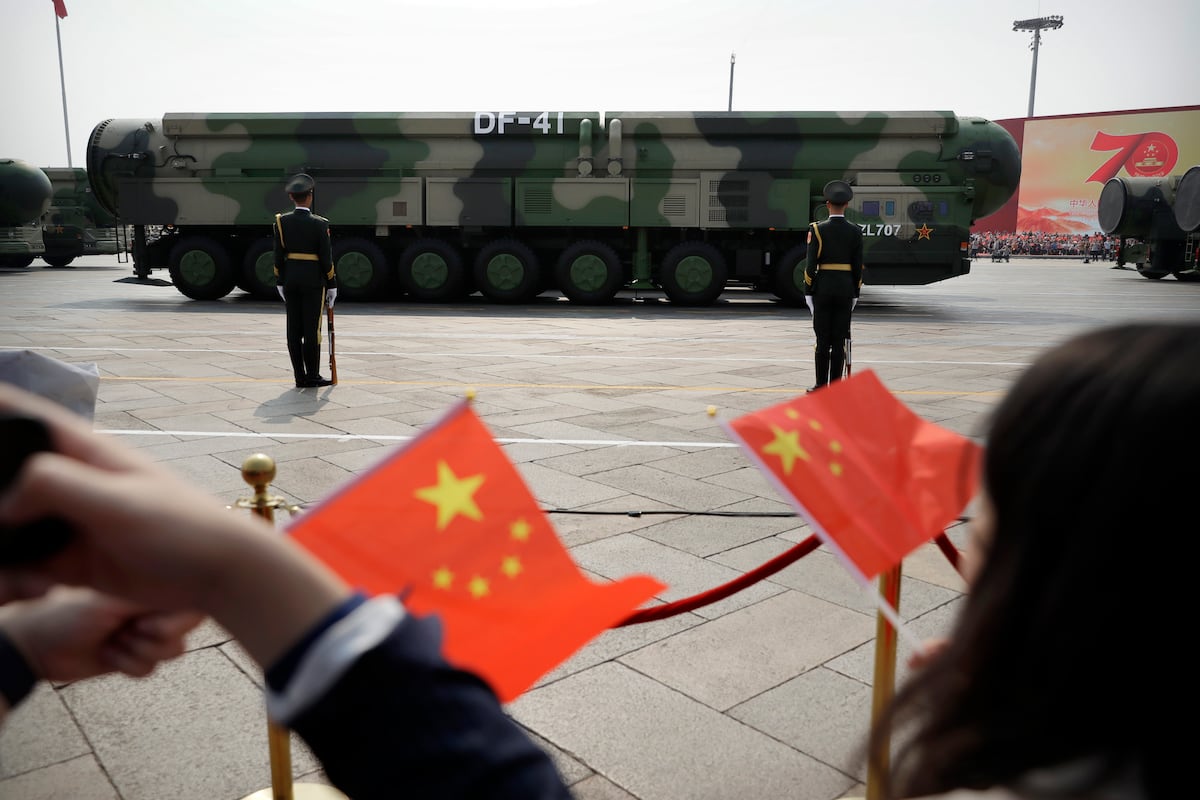U.S. Navy Restructures for Agile Defense Solutions
In a strategic move to streamline its operations and enhance responsiveness to emerging threats, the U.S. Navy is consolidating several key capabilities and establishing the Naval Rapid Capabilities Office (NRCO). This office aims to optimize development and expedite problem-solving within maritime warfare domains.
Creation of the Naval Rapid Capabilities Office
Navy Secretary John Phelan’s announcement, highlighted in an internal memo dated August 19, outlines plans for the NRCO to replace the Maritime Accelerated Response Capability Cell, the Disruptive Capabilities Office, NavalX, and the Navy’s involvement in the Defense Department’s Replicator initiative.
Following a directive aimed at modernizing defense acquisitions under Executive Order 14081, the NRCO will serve a vital role in ensuring that the Navy can swiftly assess, deploy, and transition urgent solutions within a three-year timeframe. This initiative positions the Navy to maintain its leadership in maritime supremacy amid evolving security challenges.
Objectives and Responsibilities
The NRCO is designed to:
- Identify Operational Gaps: Rapidly evaluate and address operational deficiencies across naval capabilities.
- Deliver Accelerated Solutions: Provide innovative responses to emerging threats in real-time.
- Coordinate with Existing Structures: Streamline and consolidate related programs to eliminate redundancy and enhance efficiency.
Phelan emphasized that the NRCO will act as the comprehensive entity accountable for orchestrating efforts across all naval warfare areas. The new office will be directly linked to the Secretary of the Navy and work in coordination with the Assistant Secretary for Research, Development, and Acquisition.
Leadership and Staffing
While the leadership of the NRCO has yet to be appointed, the director will hold direct-hire authority. This privilege permits rapid recruitment and onboarding, circumventing the often time-consuming federal hiring process. The incoming director will be responsible for:
- Identifying additional organizations suitable for integration into the NRCO.
- Selecting at least five key initiatives to oversee within the first two months of operation.
Absorption of Existing Programs
The programs being integrated into the NRCO were all initiated within the past six years. Key initiatives include:
- Maritime Accelerated Response Capability Cell (2023): This cell focuses on providing maritime solutions to urgent conflicts, including support for Ukraine and Taiwan.
- Disruptive Capabilities Office (2023): Aimed at evaluating unmanned systems technologies to fortify operational capabilities.
- NavalX (established 2019): This entity was instrumental in linking sailors with innovative concepts to experts for viability analysis and testing.
- Replicator Initiative: A transformative approach by the Defense Department to reshape technology acquisition and deployment, with an emphasis on operational efficiency and combat readiness. The first phase focused on integrating small drones, while the second phase addresses countermeasures against adversarial unmanned systems.
Strategic Implications
The establishment of the NRCO reflects the Navy’s commitment to innovation and adaptability in a rapidly changing global security environment. By centralizing capabilities and fostering collaboration across various domains, the Navy aims to enhance its operational readiness and responsiveness. This restructuring not only fulfills a critical need within the service but also aligns with broader national defense objectives of maintaining technological superiority.
By streamlining efforts and facilitating faster decision-making, the NRCO is poised to play a pivotal role in fortifying the U.S. Navy’s position within the increasingly complex theatre of maritime operations. The integration of modern capabilities and focus on agility represents an essential step towards ensuring a resilient and effective naval force for future challenges.





